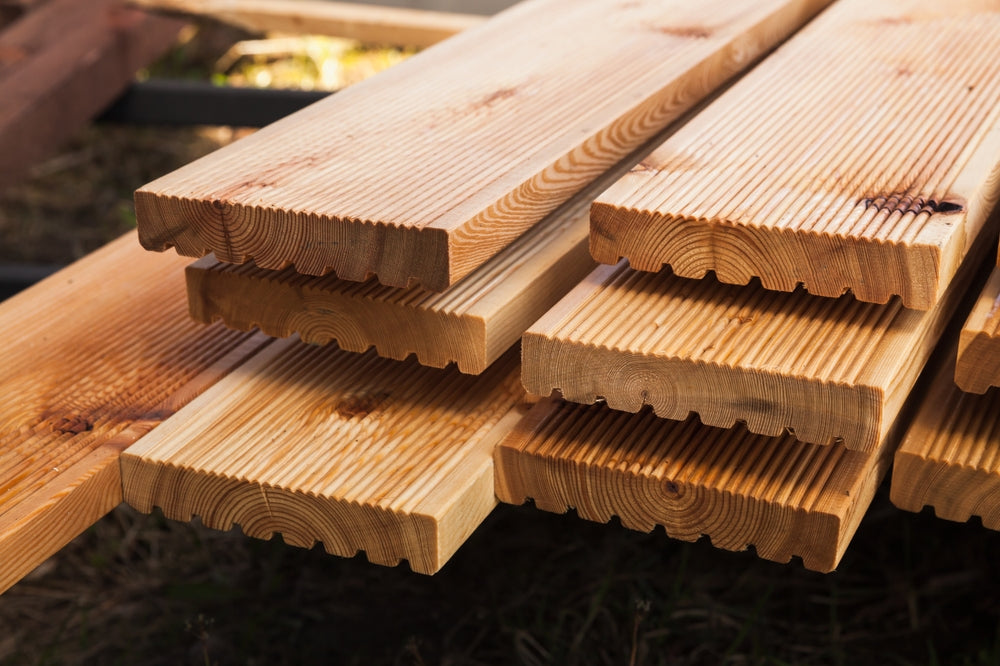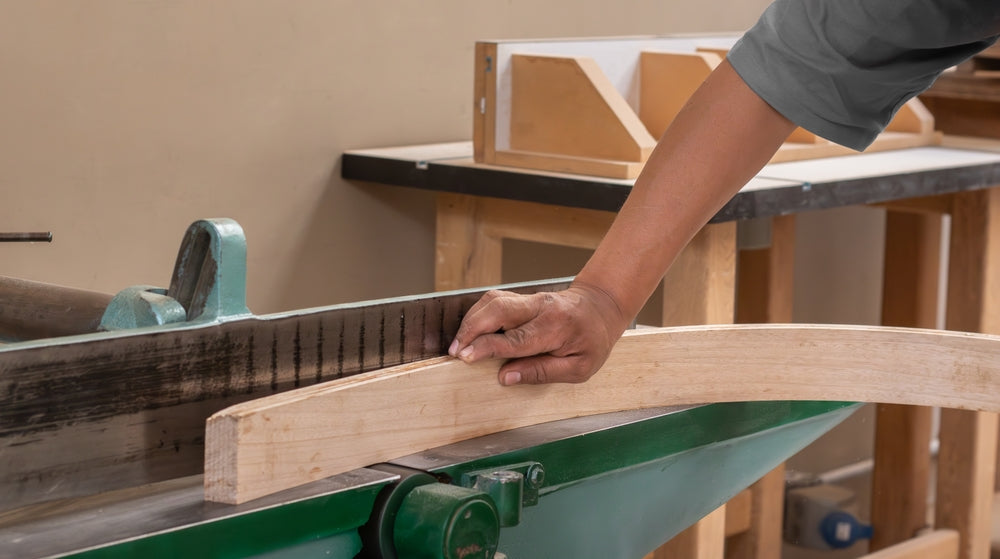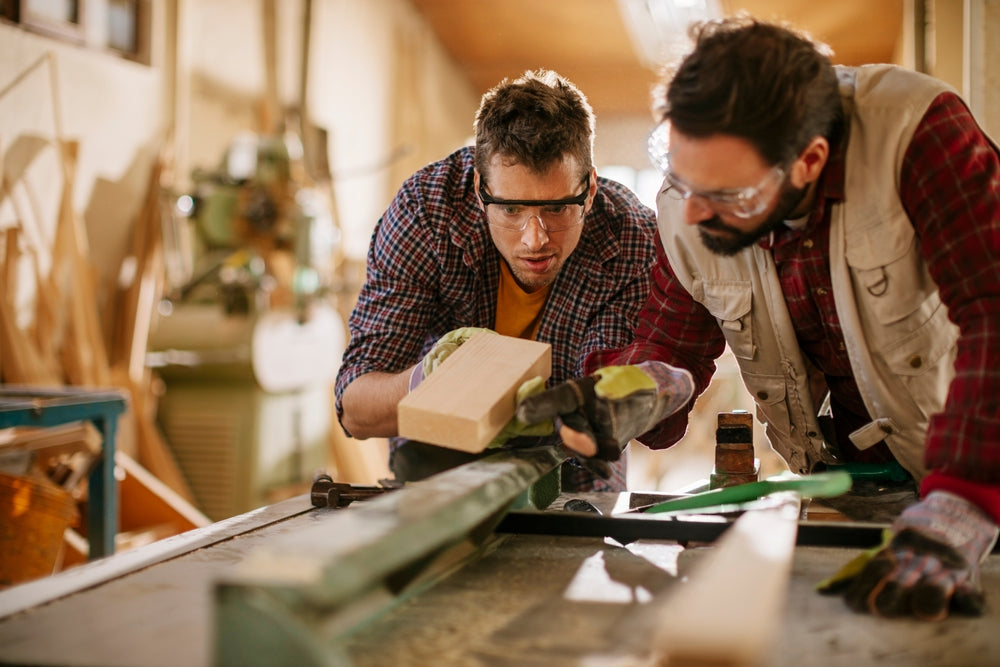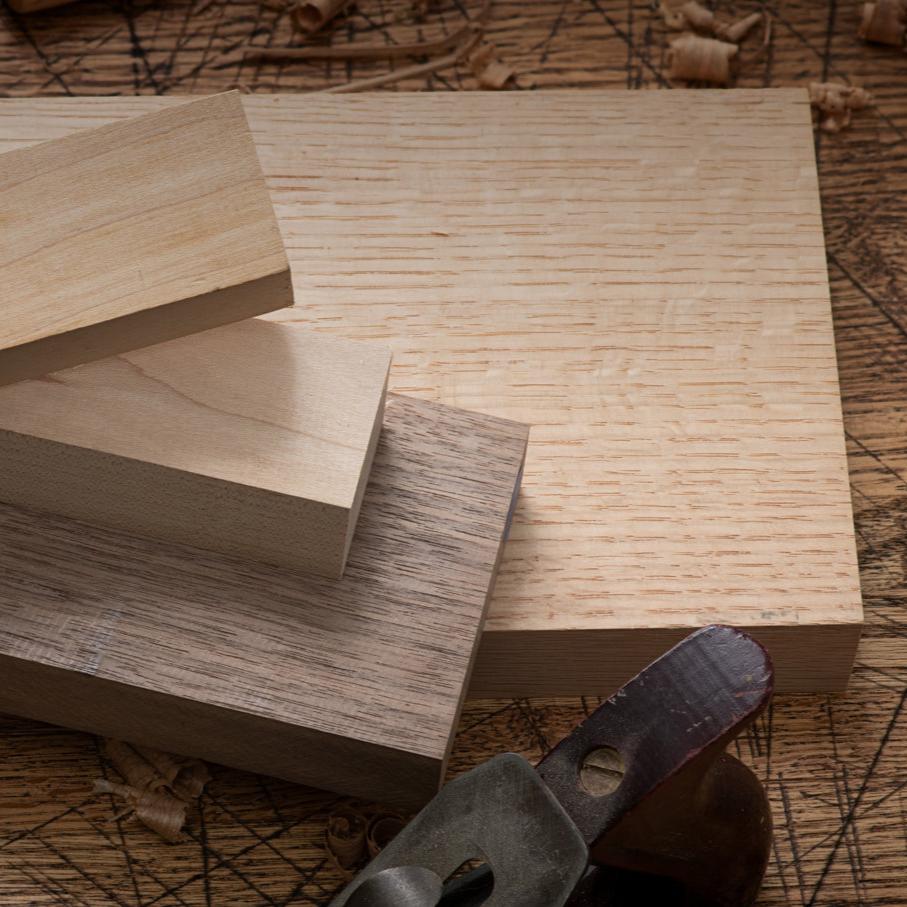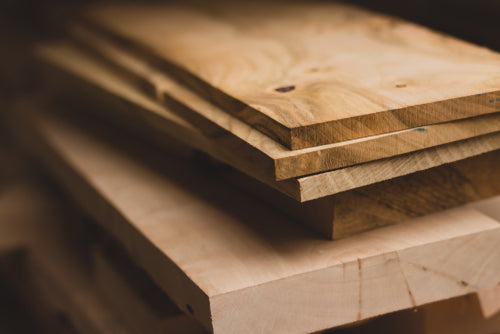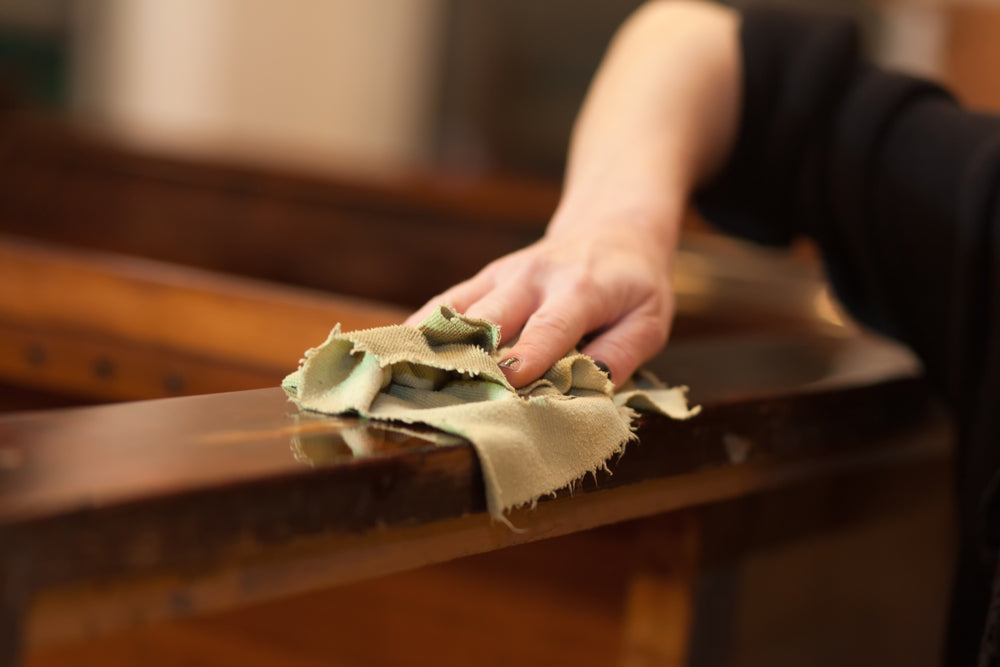What’s the best wood for outdoor furniture? Different wood species have wildly different characteristics – and choosing the right one will make or break your outdoor project. The best options resist moisture, insects, and harsh weather, making them perfect for decks, furniture, and more. With the right wood, your outdoor projects will look better and last longer.
What to Consider When Choosing Lumber for Outdoor Projects
There are several factors to consider when choosing the best outdoor wood. While resistance to the natural elements is important, it’s also necessary to consider a wood's color and appearance, workability, and cost.
Resistance to Natural Elements
Nothing is worse than pouring your time and energy into a project, only to have Mother Nature destroy your work in just a season or two. Some woods are naturally more resistant to the elements. Some woods even naturally repel pests! The best wood for outdoor projects is teak, white oak, yellow pine, redwood & cedar, or white cypress.
Color & Appearance
Each wood has its own color and grain pattern. It is important to choose the wood that best fits the aesthetic you want to achieve. Did you know that unfinished cedar changes color over time, shifting from its beautiful characteristic red to silvery gray? That can cramp the style of your outdoor oasis if it’s built around the red color.
Workability
Some woods are easier to work with than others. It’s important to know how wood will respond to your tools, or when worked by hand. It’s also important to know if the wood can be left untreated, or how it responds to stains, paints, and adhesives!
Costs
As much as many of us would love to choose what we want and not worry about the costs, the truth is budget plays a factor in selecting the best wood. Teak is one of the most expensive hardwoods to work with. Unless you have a large budget and a deep desire to work with teak, other woods will make your budget happier.
Teak Wood
Characteristics of Teak Wood
In addition to being one of the most expensive woods to work with, Teak is hard! This fast-growing tropical hardwood has a rating of 1000-1155 on the Janka Hardness Scale. A high-oil content wood, it is naturally water-repellent. Untreated teak may be left outside for more than 30 years before the wood changes from a golden brown to a soft silver color. Teak is an excellent option for outdoor projects thanks to its strength, durability, and resistance to weather extremes. While it is hard, it is not so hard that it is difficult to work with, but it may blunt tools.
White Oak
Characteristics of White Oak
White Oak is heavy, dense, and hard. White Oak has a rating of 1360 on the Janka Hardness Scale. It can range from beige to brown. Flat-sawn white oak has a cathedral arch grain pattern, while rift and quarter-sawn white oak has a straight (vertical) grain pattern. It is a closed-cell wood, meaning the pores prevent moisture from seeping in. This makes white oak exceptionally resistant to rot, decay, and insect infestation! White oak is an excellent wood for outdoor projects, without the price point of a wood like teak. However, it is not the cheapest wood on the list. White oak responds very well to hand and machine tools, and responds well to steam bending.
Yellow Pine
Characteristics of Yellow Pine
Yellow Pine is heavy and strong, with a Janka Hardness rating of 870. This beautiful wood is a warm yellow color, with a distinctive grain pattern. It accepts stain, paint, and varnish easily. Yellow Pine has a high resin content so it requires some preparation before working. It also is prone to shrinking, so dry boards are a must. Pressure-treating works very well on yellow pine. Its cell structure allows the chemical preservatives to penetrate deeply, fungi, insects, and mold don’t stand a chance. Yellow pine is a very affordable wood, making it a great choice for outdoor projects. It is also more workable than hardwoods, making it a popular choice. Machine and hand workers love it!
Redwood & Cedar
Characteristics of Redwood & Cedar
Many people are surprised to learn that cedar and redwood are both softwoods. Both redwood and cedar are naturally resistant to insects, rot, and decay. They are known to resist warping and twisting. Both types of wood accept stains very well. These two woods have a beautiful pinkish-red color, with redwood tending to have a darker pink heartwood. Cedar, when left untreated, turns a lovely silvery gray over time. Both kinds of wood tend to have a straight grain pattern, though redwood may have curly or irregular grains. Cedar has a Janka rating of 900, while Redwood is half that, coming in at 420. Redwood is a little more expensive than cedar, but not by much. Cedar is known for its ability to take a smooth, satiny finish with sharp tools, and is pretty easy to work with. It glues and finishes well. Redwood works well with machine and hand tools, but planer tears out can occur with its curly or irregular grains. It glues and finishes well.
White Cypress
Characteristics of White Cypress
White Cypress is a naturally oily wood that is resistant to rot and water damage. While its Janka Hardness of 510 is softer than other woods on the list, it is still an excellent option for projects like patio furniture. Cypress is fairly stable and unlikely to bend or warp. This wood is fairly lightweight and the heartwood ranges from light yellow to medium brown, while the sapwood is white. White Cypress stains well, but if left untreated it will turn silvery gray over time. It is easy to work with and takes nails and screws easily.
Need Premium Hardwood Lumber for Your Project? Let us Help!
Choosing the best outdoor wood for your projects doesn’t have to be difficult! For over three decades, North Castle Hardwoods has crafted relationships with experts in the industry, from foresters to sawmill operators. These relationships ensure we produce only exceptional hardwood, from sustainable forests.
Contact us today and get started with the best wood for your outdoor projects!
